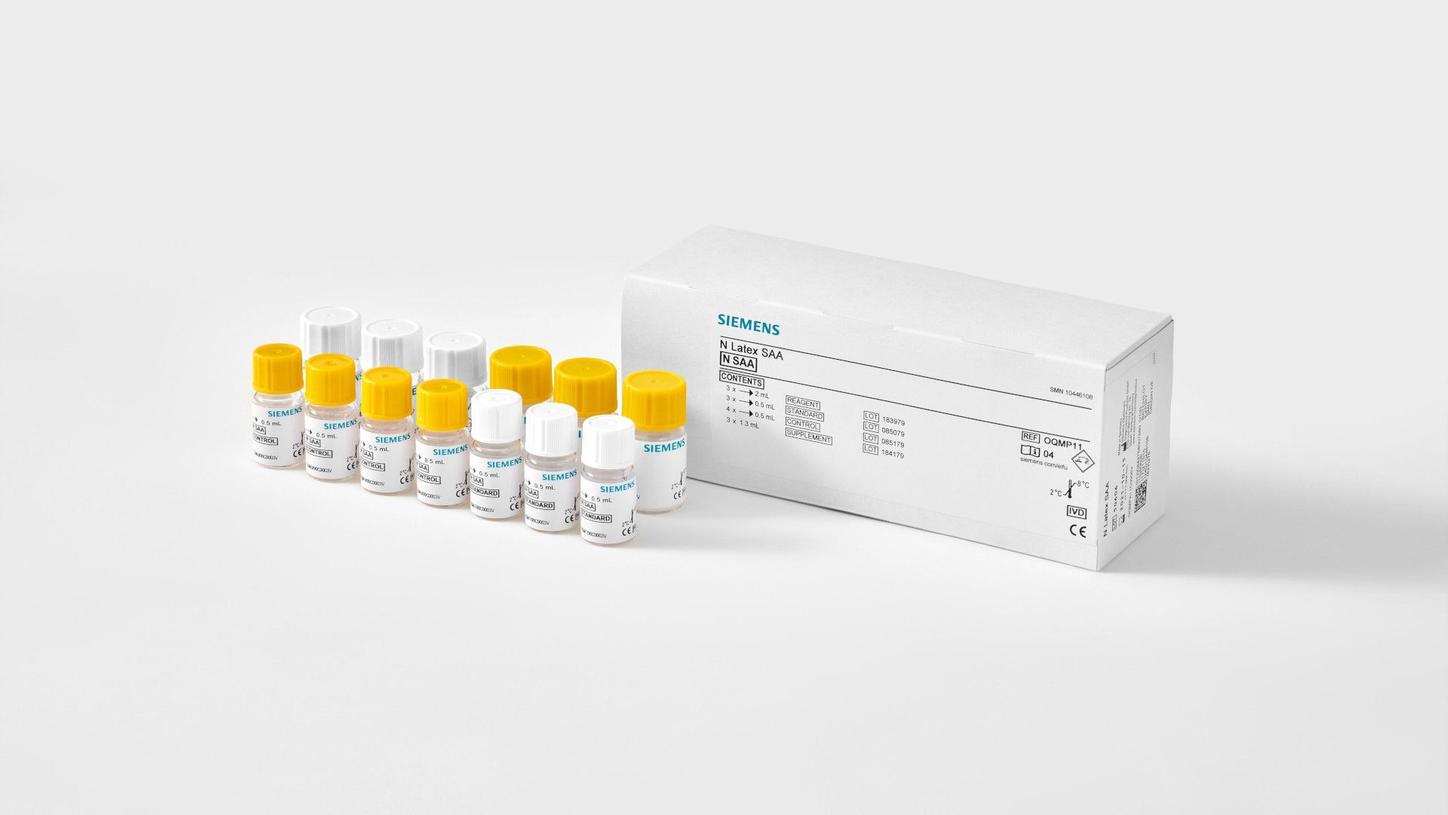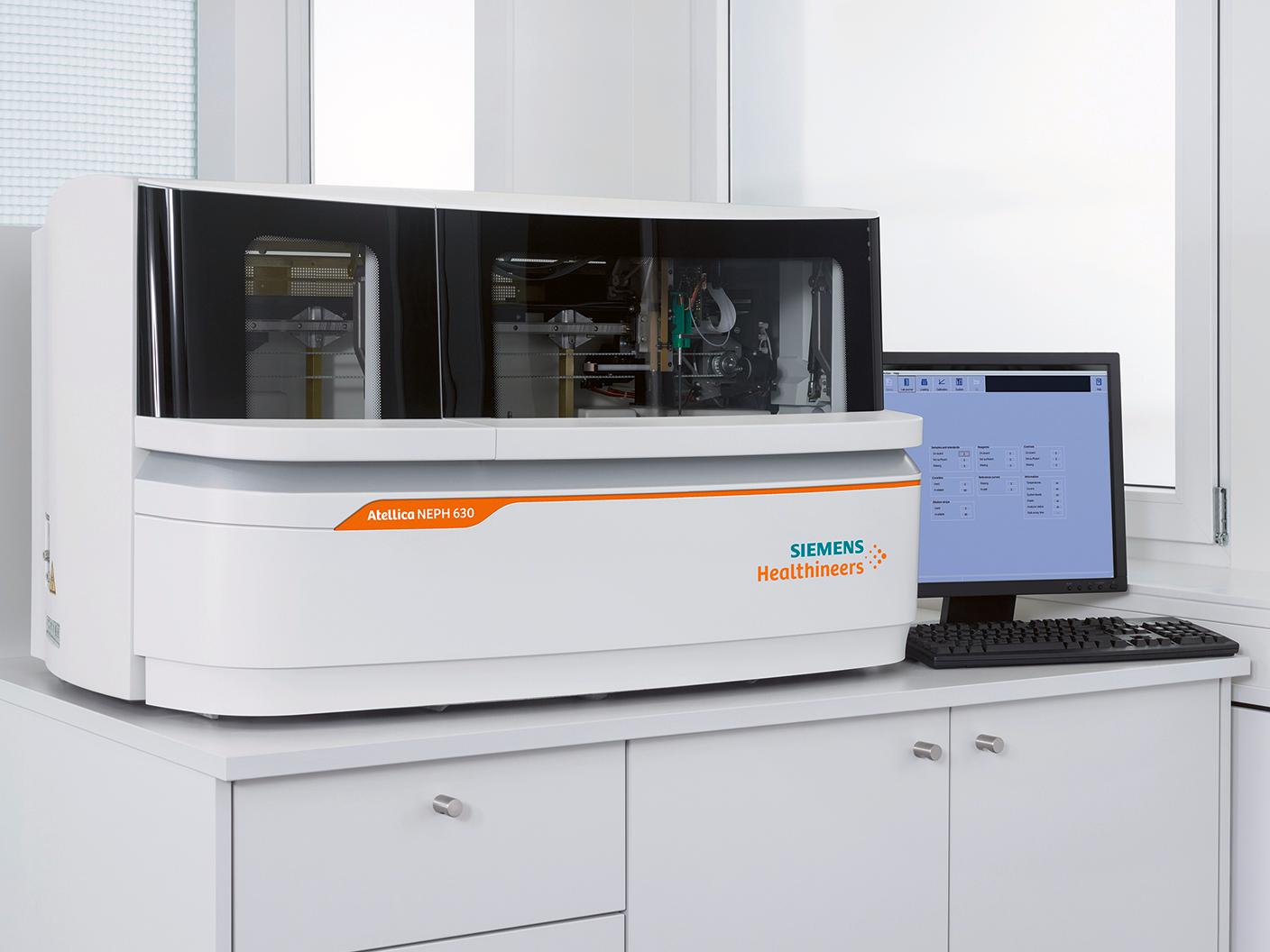High sensitivity in diagnosis and monitoring of inflammatory processes.
Serum amyloid A (SAA) represents a protein family and is an acute-phase protein mainly produced by the liver in response to proinflammatory cytokines secreted by the activated monocytes/macrophage lineages.
Like C-reactive protein (CRP), SAA determination can be used in the diagnosis and monitoring of inflammatory and infectious processes. In contrast to CRP, SAA levels show a stronger response to viral infections, while CRP responds more strongly to systemic bacterial infections.2
SAA plasma levels can increase up to 1000-fold, for instance, due to the effect of IL-6 in the course of a cytokine storm. First elevations are seen 3â6 hours after an inflammatory stimulus, reaching a peak concentration in 2â3 days.2,6
Mo et al. studied 118 patients with COVIDâ19 (102 mild, 16 severe) for the prognostic value of the inflammation markers SAA, CRP, and PCT applying receiver operating characteristic (ROC) curve analysis, a mathematical procedure to determine the predictive value of the cutoff for a test.3
SAA clearly had the highest predictive value for disease progression of the three inflammation markers (AUC = 0.968).




